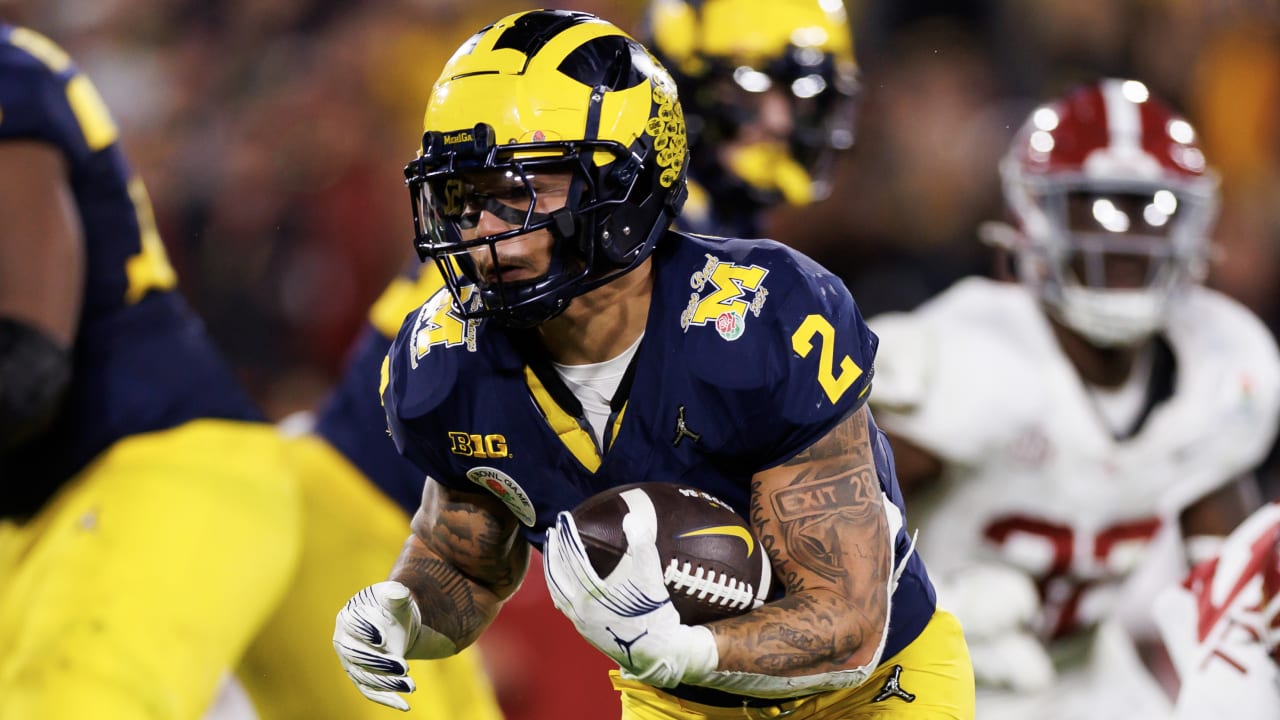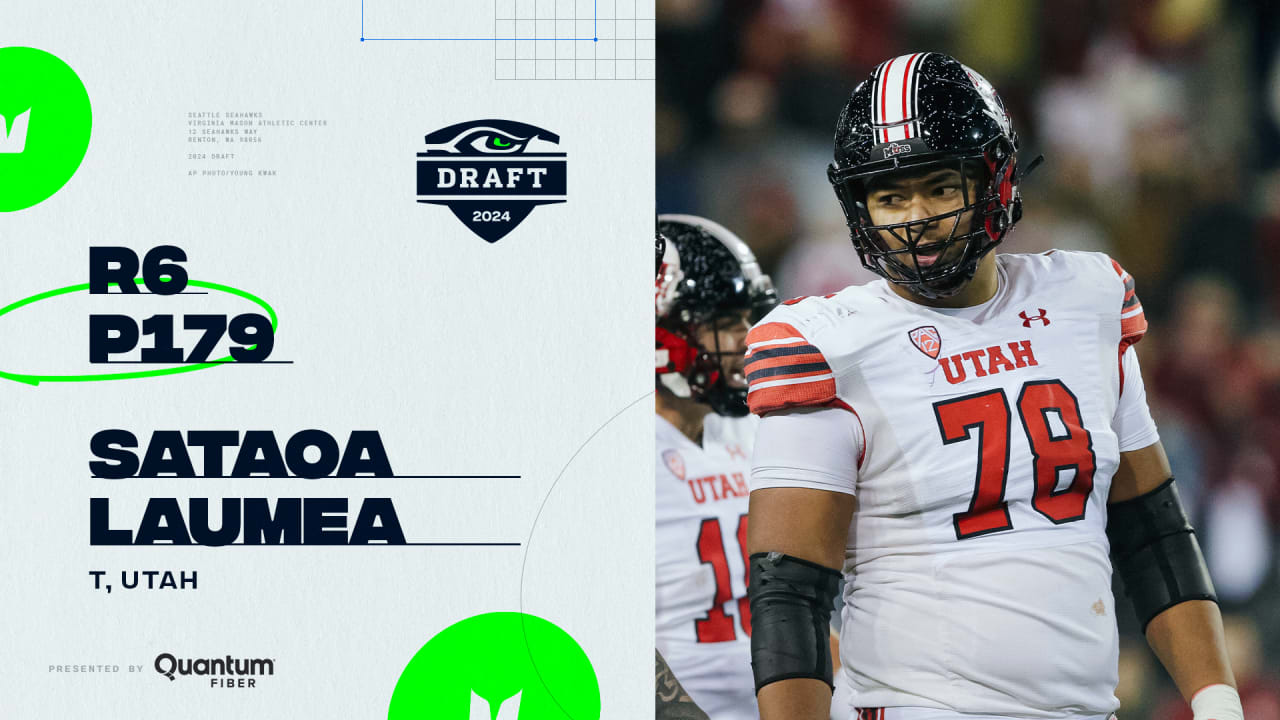Engineers are finding new ways to make wind turbines more efficient by stealing design cues from one of the world’s heaviest aerial birds, the Andean condor. This is according to new research published in the academic journal Energy.
According to the authors, adding “winglets,” or curved tips–reminiscent of the condor’s own wingtips–to the ends of existing wind turbine blades can increase energy production by an estimated 10 percent. This is a significant gain, especially considering that most wind farms boast dozens, if not hundreds, of individual turbines.
“The addition of this novel retrofit, inspired by the world’s heaviest soaring bird, the Andean condor, aims to increase the power output of a wind turbine while requiring only a modest capital investment,” state the researchers, led by Khashayar Rahnamaybahambary of the University of Alberta. “The results indicate that the addition of this retrofit leads to an increase of 9.69% in power production.”
The Andean condor is well deserving of interest from the aeronautical engineering community. For one, the aerodynamics of the condor allow them to glide over distances of up to 250 kilometers (150 miles) without flapping their wings. This is something of a necessity for the aerial scavengers, as their large bodies (weighing up to 16 kilograms/35 pounds) mean that each flap of their wings comes at a high metabolic cost. Data suggests that condors flap their wings less than 1% of the time while in flight.
Part of evolution’s solution to keeping condors gliding for such long distances is the curved, upward facing wingtips that can be found on the end of their wings. This helps them utilize “thermals,” or vertical columns of rising hot air, to keep them aloft with little energy expenditure. In fact, Andean condors like to roost in high places, like rock cliffs, where they can easily launch into an extended, gliding flight pattern while searching for carrion.
This unique “winglet” design feature has been used in other engineering applications. It can be found, for instance, on most modern-day airplanes–commercial and military planes, alike. “The addition of winglets to airplanes’ wings causes a reduction in the induced drag coefficient and increases the bending moments near the tip,” state the researchers.
But engineers are just now exploring how bio-inspired designs and biomimicry can aid in the development of more efficient windmills. This is welcome news for the sustainable energy community, where many wind turbine projects are still searching for a path to economic viability.
The Andean condor is one example of a soaring bird. Soaring birds–such as condors, eagles, hawks, albatrosses, gulls, storks and gannets–generally rely on large wingspans and slotted feathers at the wingtip to keep them in flight with little flapping. They are some of the largest flying birds in the world.
Other wing shapes found in the aerial animal kingdom include elliptical, high-speed and hovering. Elliptical wings–found in crows, blackbirds, ravens, thrushes and sparrows–are optimized for short bursts of high speed. Elliptical wings allow for acrobatic flight–enabling birds to somersault, roll and dive with relative ease.
High-speed wing designs, which tend to be long and thin, allow for fast flight, while also maintaining high speeds for significant periods of time. Examples of birds with this wing type are ducks, falcons, swifts and sandpipers.
Finally, hovering wings, such as the wings of the hummingbird, are adapted to fast and quick movement, enabling birds of this design to seemingly float in one point in space for long periods of time.
Each one of these wing types holds precious clues for engineers seeking creative solutions to humanity’s aeronautical challenges.

Daisy Hips is a science communicator who brings the wonders of the natural world to readers. Her articles explore breakthroughs in various scientific disciplines, from space exploration to environmental conservation. Daisy is also an advocate for science education and enjoys stargazing in her spare time.








